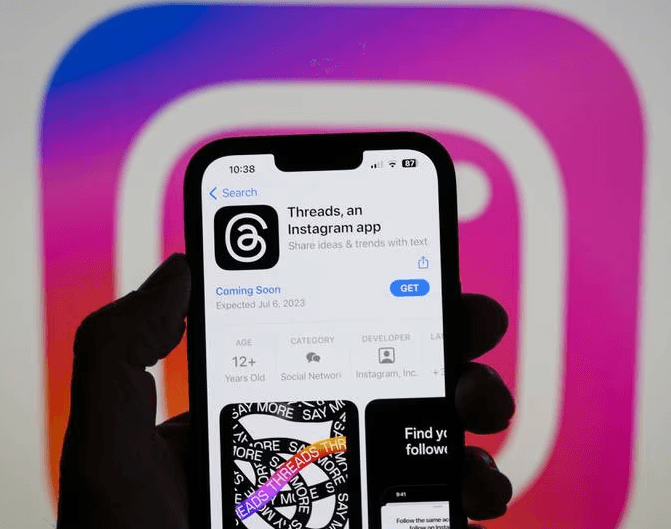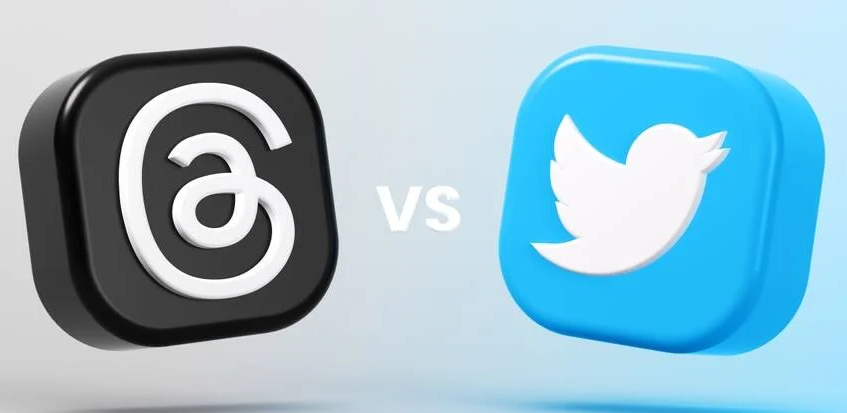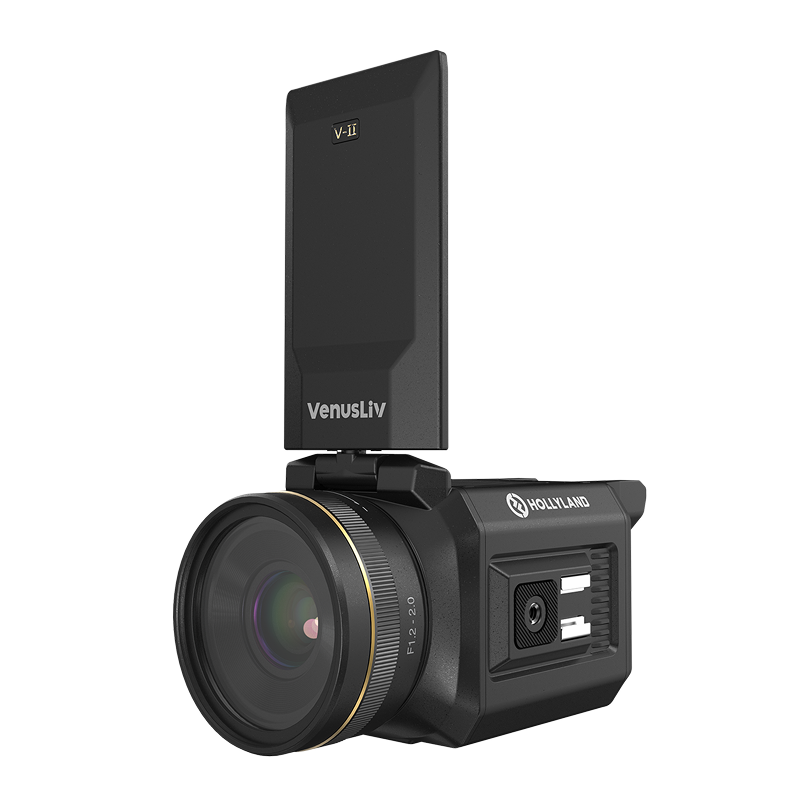Meta has officially launched Threads. It is a Twitter-like messaging app that the firm bills as Instagram's "text-based conversation app." Threads stand out as a meeting place for serious and meaningful discussions. Threads aim to solve the limits of character-limited material on sites like Twitter. With over 100 million new users joining in the first week, the text-based software has stormed social media.
But do you know what Threads is and what this means for the future? In case you are unaware, we have discussed everything you need to know in this post. So, keep reading to begin scrolling and "threading away."
When was Threads created?
Threads was created recently, on 6th July of 2023, as a standalone app by Instagram. It first appeared as an addition to the already well-liked social media platform Instagram. Intending to improve users' capacity to share material and communicate with their close ones in a private environment. Threads have amassed a sizable user base since its launch. However, it has become the go-to social media site for people seeking a more specialized and private social media experience.
What is Threads?
Threads is an Instagram offshoot app focusing on conversations rather than visual content. You can post text updates and can take part in public debates by logging in with your Instagram account. The app's user interface resembles the Instagram comment section. But it also has Twitter features like commenting on and sharing material. Links, up to 10 images, 5-minute films, and 500 texts (more than Twitter's 280 characters) can all be submitted. Several elements should be included in the note, including the following:

Features of Threads:
- Close Friends List: Using Threads, users can compile a list of their closest friends with whom they can only share content. This feature ensures that only a small, trusted audience can see private moments.
- Updates on status: The app lets you update your status to let friends know what you're doing or how you feel. Users can build custom statuses or select from many predefined ones, enabling timely interaction.
- Automatic Sharing: Threads can notify your close friends of your current location and status. This encourages impromptu get-togethers and interactions.
- First-Person View: The app's camera layout encourages users to record and share moments immediately. This can be done without sifting any confusing options,
- Integration of messaging: Threads has direct messaging features. It let users easily move between sharing status updates and private messaging.
Since this app is the same as Twitter, they both contain some differences that one must consider. Below are some differences.
Differences from Twitter:

- Publication and Privacy
Users of Twitter can share their ideas and opinions with a large audience on an open platform. While Threads emphasizes private communication and let users post stuff only with a vetted group of close pals. This focus on privacy fosters a more private and intimate environment for conversation.
- Content Format
Twitter largely consists of text-based posts with a character count cap. Users communicate updates, ideas, and connections via succinct messages. Threads give visual content—particularly pictures and videos—a lot of attention. The camera-first design lets users record and share moments, making the experience more engaging.
- Current Status Updates
Users can submit status updates on Twitter, but Threads goes one step further. This is by including real-time status updates. Users can share their activity, location, or mood with close friends. This function encourages impromptu conversation and makes in-person meetings easier.
- Integration of Messaging
Twitter and Threads have messaging features, but Threads combines direct messaging. The user's ability to move between sharing status updates and chatting promotes a useful contact experience.
What Does the Future Hold for Threads?
Threads' future appears bright as it continues to see fast growth in its user base. The site recently attained a landmark milestone of 100 million users. This shows its growing appeal and popularity. In fact, this means that Threads has connected with people who appreciate their private and intimate connections.
A similar search also demonstrates that Threads has drawn many users in a very short time. Twitter has a far larger user base due to its lengthy history and wider breadth. But Threads' capacity to get traction quickly is impressive. This shows that Threads highlight intimate connections and personal sharing connections with users. It is particularly for younger groups seeking sincerer and profound encounters.
Conclusion
Threads has distinguished itself as a welcome alternative to traditional social media platforms. It is a platform for people to interact, exchange, and explore ideas more uniquely. It is also positioned to shape the future of social media with its quickly expanding user base and novel approach.
As Threads continues to capture our attention since it was first introduced, creators and social media enthusiasts increasingly rely on quality streaming cameras to give their audience a real-time, clear visual experience. If you're exploring Threads and aiming for standout content, investing in a reliable streaming camera could elevate your presence considerably.
Best Seller
Sale

Hollyland VenusLiv V2 - Compact Live-Streaming Camera
- Portable design with one-tap live streaming, high-quality lens for clear 1080p video, and an advanced heat dissipation system for stable, long-duration streams.
- Supports flexible connectivity with HDMI, USB-C, Wi-Fi, Ethernet, and 3.5mm audio jack, for external mic or other devices.
- Touchscreen control interface, AI-powered face tracking, 6x zoom, and auto-framing for enhanced streaming experience.
- Ideal for content creators and streamers needing a reliable, easy-to-use, and portable solution for high-quality live broadcasts.
$949
$1199



























.png)









